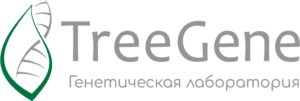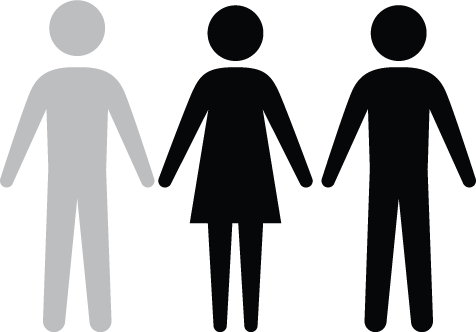Non-standard samples are usually used when there is no possibility to take standard samples (blood or buccal epithelium). Or you want to dispel your doubts without resorting to an explicit procedure.
CUSTOM IMAGES
are used for:
WHAT CREDIBILITY?

If the DNA is successfully isolated, the reliability of the test using a nonstandard sample is exactly the same as that using a standard sample.
WHAT ARE THE RISKS?

There is a risk that the amount of DNA may be insufficient for the study and a second collection of biomaterial will be required. For example, if the conditions for storing the sample were not met, the DNA has decayed and the study is not possible.
Be sure to familiarize yourself with the rules for collecting nonstandard samples.
WHAT KIND OF CUSTOM SAMPLES
CAN IT BE USED FOR A DNA TEST?
[ BIOLOGICAL SAMPLES ]

VOLUME
Hair with bulbs (ripped out with a coma), at least 5-10 pieces, Hair clippings are not suitable. Found fallen hair, from a hat, for example, can also be suitable.

Probability of DNA extraction 90%


NAILS
5-10 clipped toenails from hands or feet



Probability of DNA extraction 90%


EARNING SULPHUR
With a clean ear wand, clean the ear canal, place the wand in a clean paper envelope, cutting off the end you were holding onto. A minimum of two sticks is required.



Probability of DNA extraction 90%


TEETH
Root or baby teeth.







Probability of DNA isolation 50%


BONE
Fragments of bone without rotten areas or in shredded form weighing at least three grams.







Probability of DNA isolation 50%


SPERM
Collect the liquid semen on cotton pads and dry at room temperature.




Probability of DNA extraction 90%


PUPOVINA
Dried up fallen off umbilical cord






Probability of isolating DNA 60%


ABORTIVE MATERIAL
The abortion material after a pregnancy termination is available at the medical facility where the procedure took place.




Probability of DNA extraction 90%

BIOPSY SPECIMEN chorion/amniocentesis
The chorionic/amniocentesis biopsy specimen is available from the medical facility where the procedure was performed.




Probability of DNA extraction 90%
[ HOUSEHOLD ITEMS AND CLOTHING ]
Only one person should use the object


CIGARETTE BUTTS
Cigarette butts in an amount of 2 - 5 pcs.






Probability of DNA extraction 90%


TOOTHBRUSH
Do not rinse or rinse your toothbrush, dry it






Probability of isolating DNA 60%
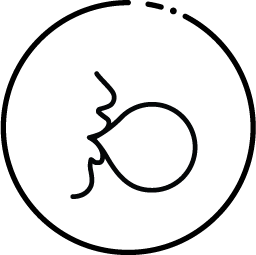

BUBBLE GUM
Chew gum to dry it out. Preferably, keep the gum in your mouth as long as possible, without food or water.






Probability of DNA extraction 90%
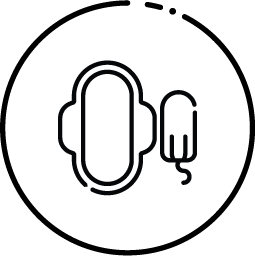

A FEMALE PAD OR TAMPON
Dry your hygiene products after use






Probability of DNA extraction 90%


SOSKA
Do not rinse or rinse the nipple after use, dry it.






Probability of isolating DNA 60%


BRITVA
Do not wash or rinse the razor blade after use






Probability of isolating DNA 60%


RATIONALE
The calculation is desirable with the rest of the hair






Probability of isolating DNA 60%


STAKAN
Do not touch the walls of the glass with your hands immediately put it in the envelope







Probability of DNA isolation >50%
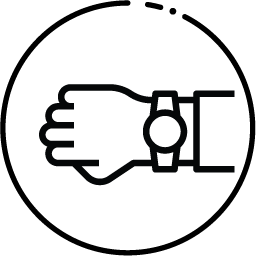

WATCH
Watchband







Probability of DNA isolation >50%
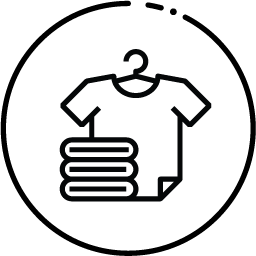

CLOTHING
T-shirts, shirts with greasy collars and cuffs, underwear, hats







Probability of DNA isolation >50%


DIABETIC TEST STRIPS
Used diabetic test strips with blood residue






Probability of DNA extraction 90%
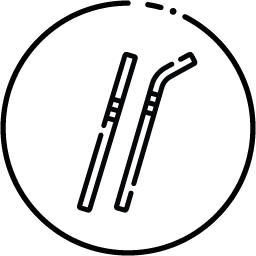

DRINKING STRAW
Dry the drinking tube after use







Probability of DNA isolation >50%
HOW TO PROPERLY COLLECT NON-STANDARD SAMPLES FOR A DNA TEST?
To avoid sample contamination and DNA degradation during examination, The following rules should be observed when collecting and packaging samples:
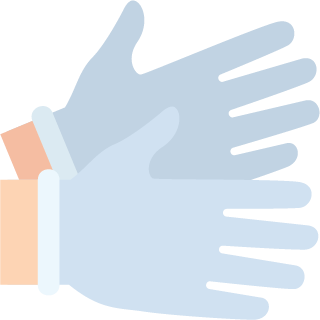

All procedures should be performed with sterile rubber gloves, if possible
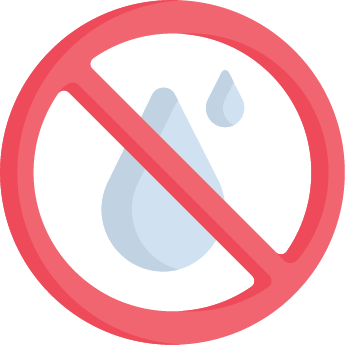

Samples that are wet should be dried in a clean room at room temperature before packing


The test objects should be packaged in clean new (not previously used) paper envelopes
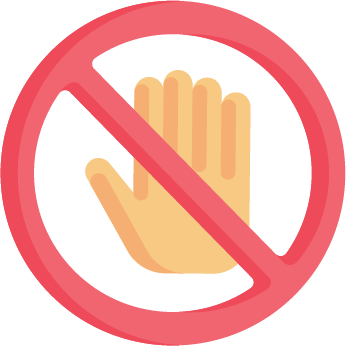

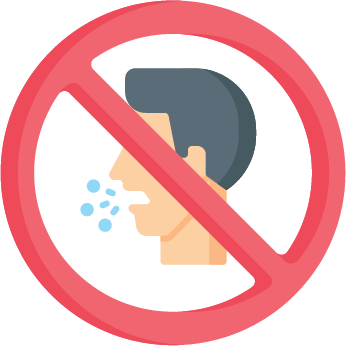

Avoid talking, sneezing, coughing over objects, not touching parts of your body (face, nose, mouth)


Avoid direct sunlight and proximity to heaters
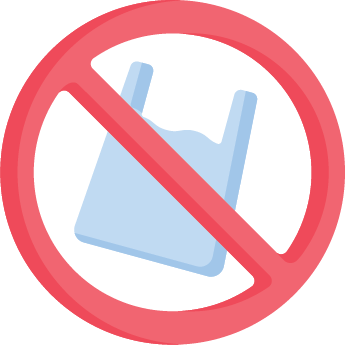

Packing in plastic bags is not allowed!
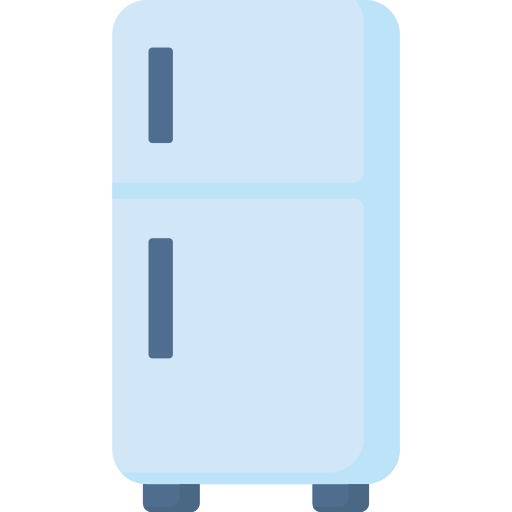

HOW TO STORAGE?
Samples are stored in the refrigerator dried and packed!
In extreme cases, at room temperature in a dry, cool room, away from direct sunlight and heaters.
DNA is subject to the damaging action of enzymes, is sensitive to environmental factors (temperature, humidity), the presence of bacteria and contamination of foreign DNA
HOW TO INCREASE THE CHANCES OF SUCCESS?
- Bring the sample to our laboratory for evaluation, our specialists will look at it and give their expert opinion.
- If possible, wear gloves and avoid direct contact with the sample.
- If you have the opportunity, collect some non-standard samples, this will increase the chances of successful DNA isolation
WHAT'S THE COST?
Extra charge for one non-standard sample + 15 600 tenge.
EXAMPLE:
- You yourself gave a standard blood sample and brought a sample of your child's hair (in this case one standard and one non-standard sample are used for analysis) the cost of the test will be 61,800 tenge + 15,600 tenge = 77,400 tenge.
- You brought cigarette butts of the alleged father and the child's pacifier (in this case two non-standard samples are used for analysis) the cost of the study will be 61,800 tenge + 15,600 tenge + 15,600 tenge = 93,000 tenge
